What Does "Cervical-Friendly" Sleep Really Mean? It Starts with the Right Pillow
It’s 3 a.m., and Rachel is awake—again. Not from stress or a noisy neighbor, but from the dull, persistent tension radiating from her neck. She shifts onto her back, then her side, trying to find a position that doesn't aggravate the stiffness. Her pillow feels plush, even luxurious. But no matter how she adjusts it, the pressure remains.
Like many people, Rachel thought she was doing everything right. She had invested in a high-quality mattress, practiced screen-free wind-down routines, and kept her room cool and dark. But each morning, the same question haunted her: Why does my neck hurt when I’ve done everything right?
The Overlooked Variable: Cervical Alignment at Night
Rachel’s situation isn’t unusual. While much attention is paid to bedtime rituals and sleep environment, far less is said about how pillow design affects spinal alignment—especially in the cervical region.
What she didn’t realize was that her pillow, though soft and well-reviewed, lacked structural intent. It was designed for comfort, not for function. It didn’t account for the gap between her head and shoulders when lying on her side, or the gentle curve of her neck when lying on her back. In short, it wasn’t “cervical-friendly.”
This term—cervical-friendly sleep—refers to a sleeping posture that allows the neck and spine to remain in natural alignment, with minimal muscular strain and maximum passive support. It’s not about firm vs. soft, or high vs. low. It’s about intelligent design that respects the biomechanics of the human body.
The Shift: Discovering The Cervical Pillow by DonaHona
Rachel began researching pillows designed specifically to support cervical alignment. That’s when she discovered The Cervical Pillow by DonaHona—a product shaped not by trend but by anatomical logic.
The first night using it, she noticed the difference. The pillow cradled the curve of her neck without flattening. When she turned to her side, its elevated edge filled the gap between her shoulder and ear, keeping her spine level without forcing it into unnatural angles.
By the third night, she wasn’t waking up at 3 a.m. anymore. Within two weeks, the tension that once lingered into her mornings had eased. Her chiropractor even noted improved alignment and less muscular tightness in her upper back.
How It Felt—And Why It Worked
What surprised Rachel most wasn’t the immediate relief—it was the consistency. Unlike her previous pillows that degraded after a few weeks of use, the Cervical Pillow retained its contour. The foam adapted to her position but never collapsed beneath her.
The outer cover, made with breathable and certified skin-safe fabric, stayed cool even on warmer nights. It didn’t just feel better—it made sleep work better.
Cervical-Friendly Sleep Isn’t a Luxury. It’s a Foundation.
True rest isn't just about how long you sleep—it's about how well your body is supported during those hours. For those struggling with neck stiffness, tension, or sleep interruptions, it may be time to stop treating the pillow as an accessory and start seeing it as an essential.
DonaHona’s Cervical Pillow is more than a cushion—it’s a calibrated support system designed to promote spinal harmony, night after night.
Explore the full details here: www.donahona.com/products/the-cervical-pillow


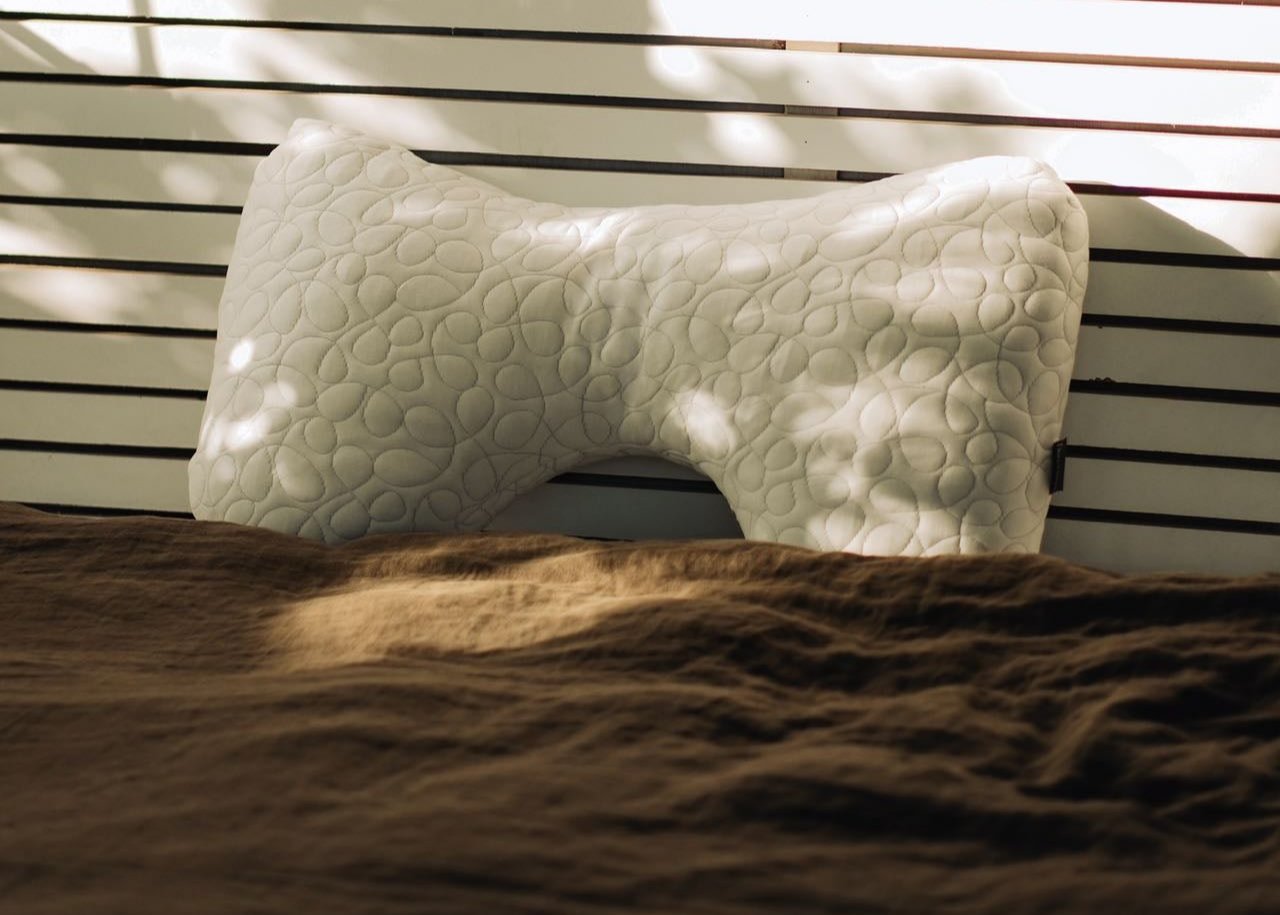
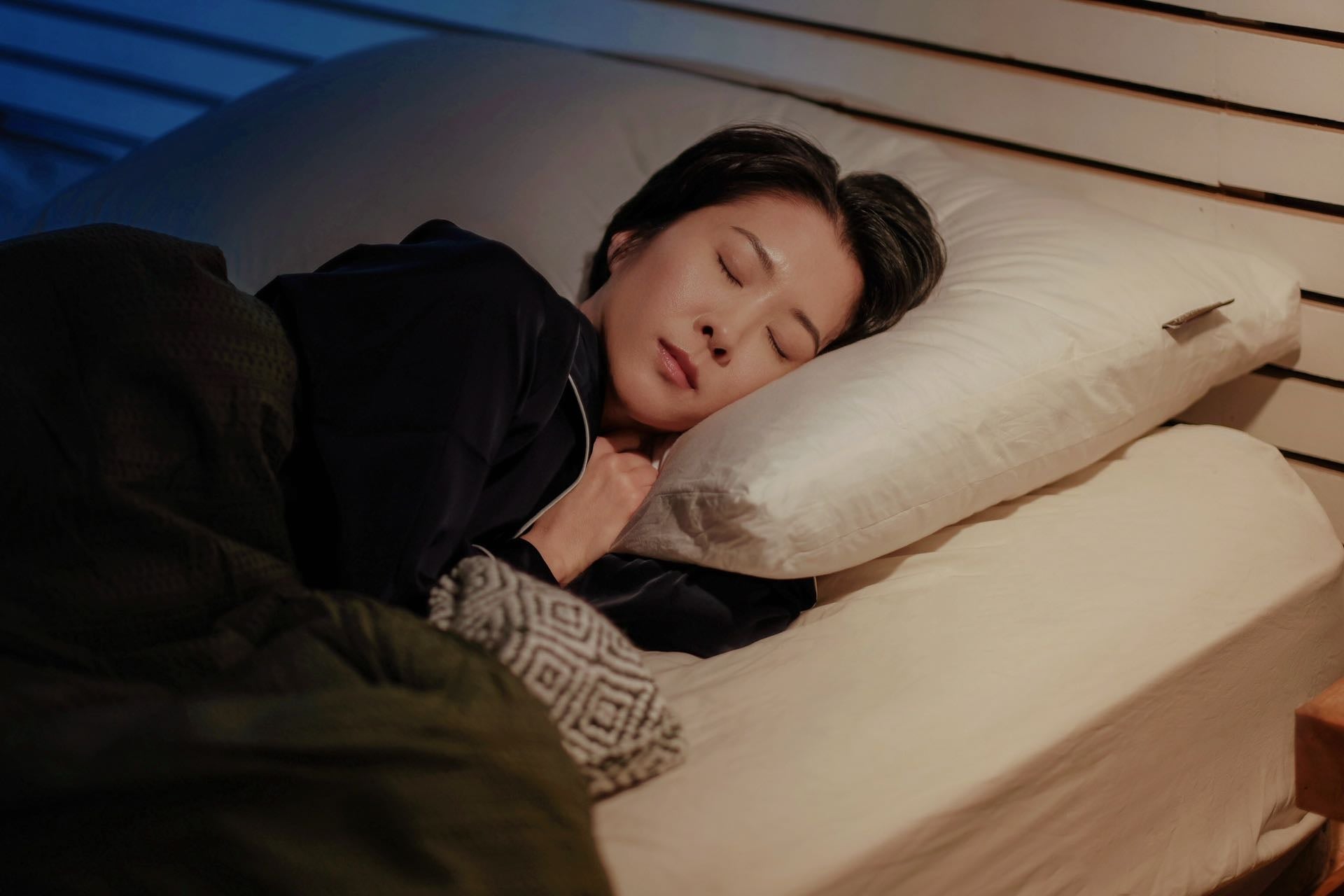
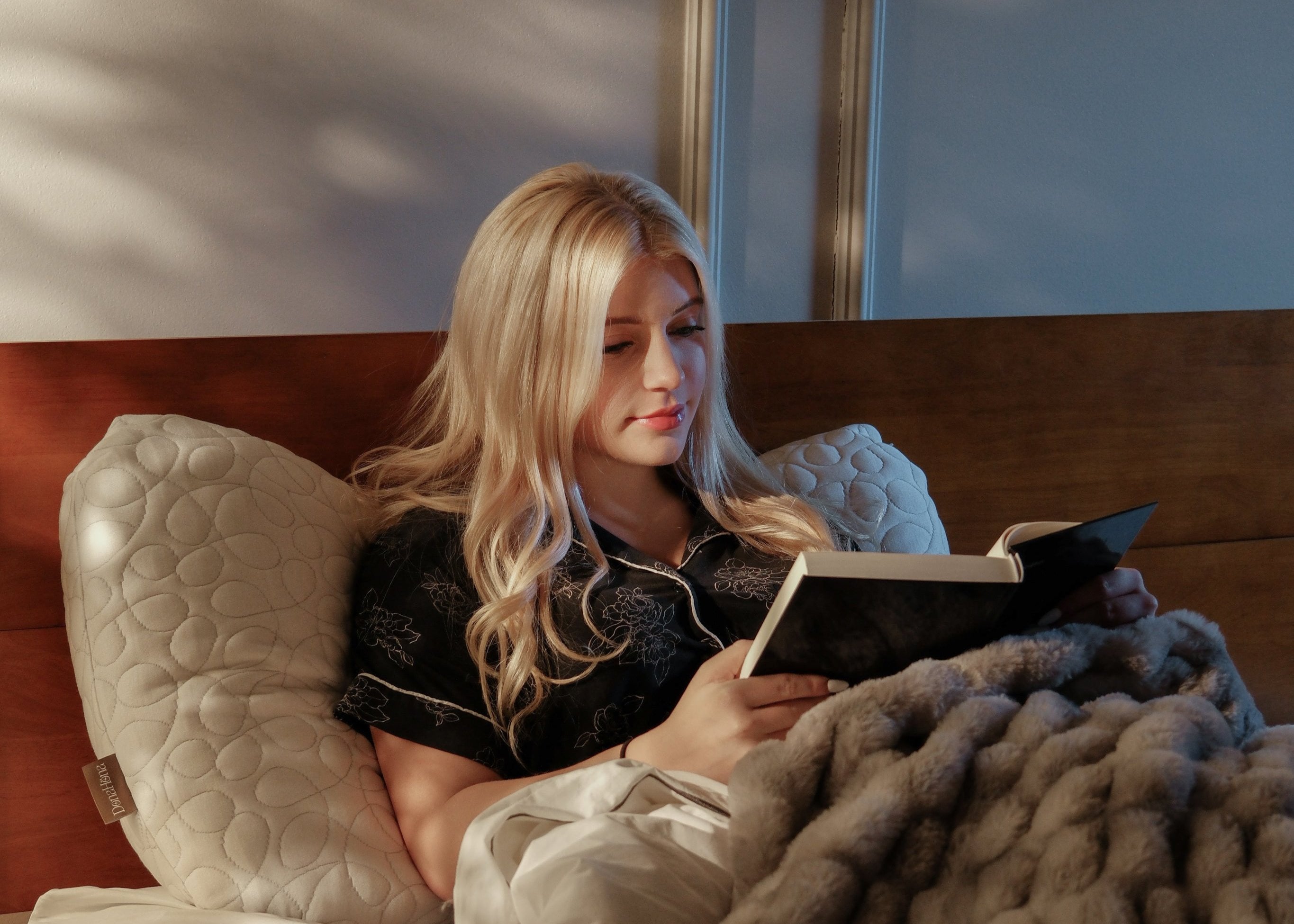
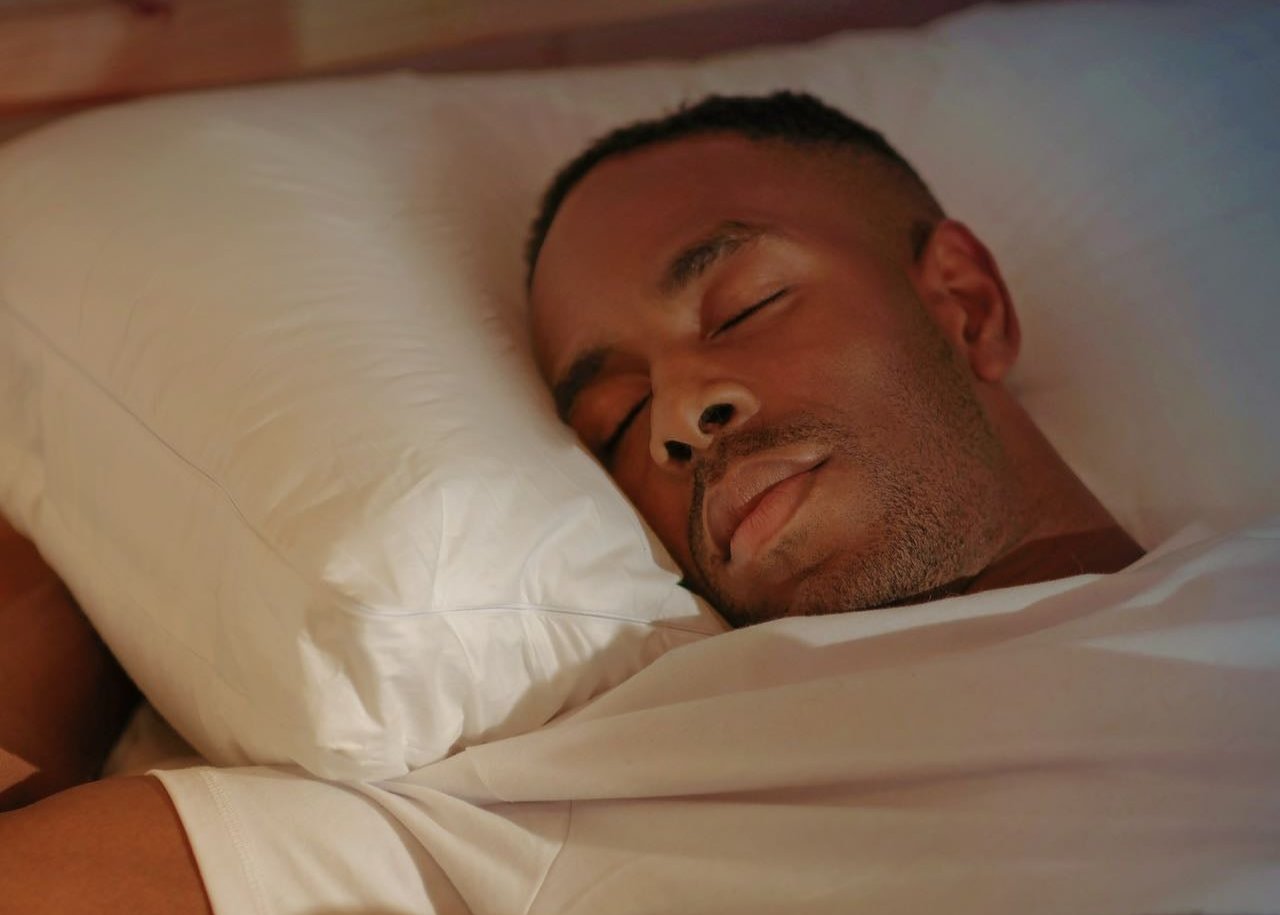
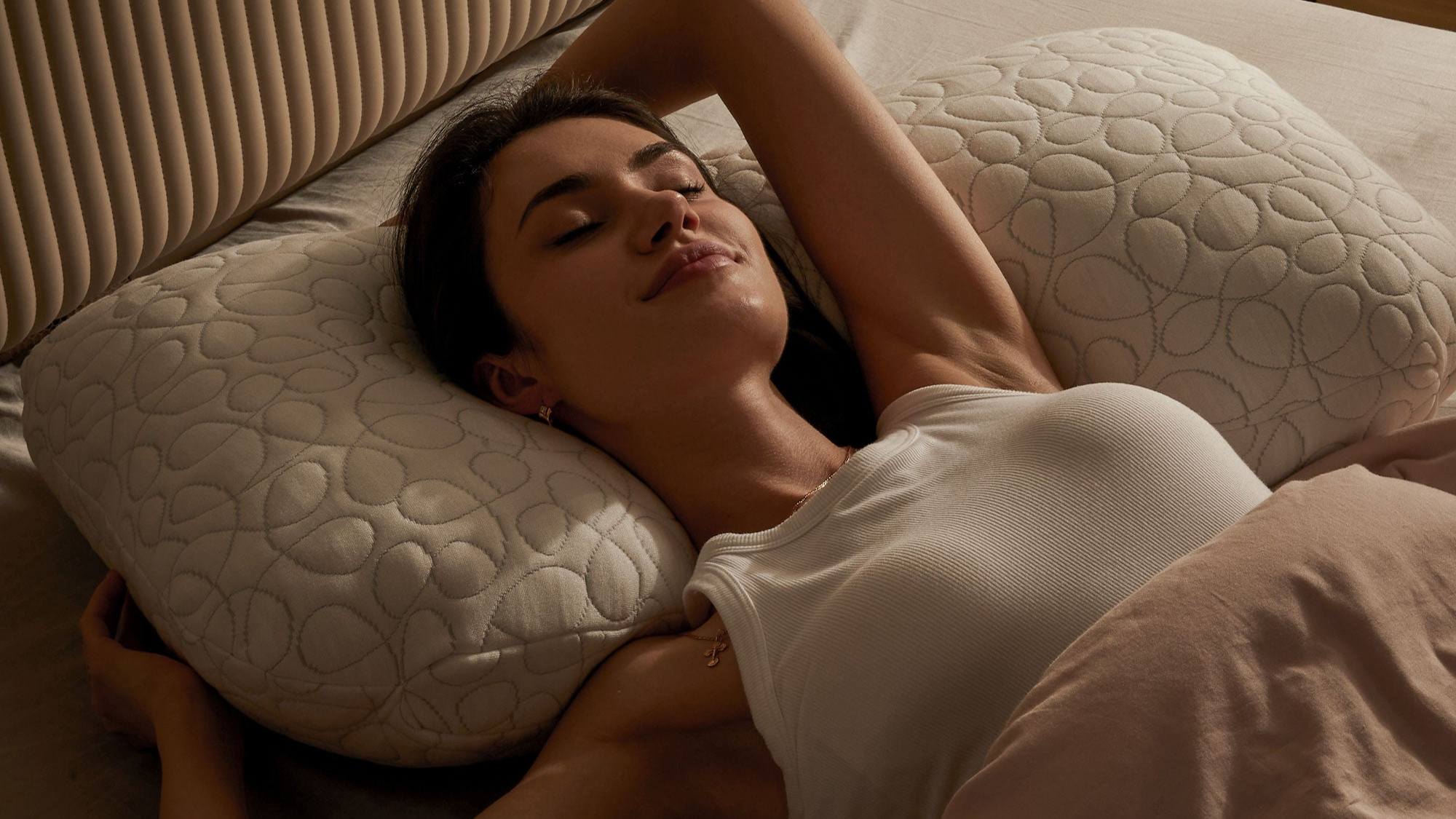
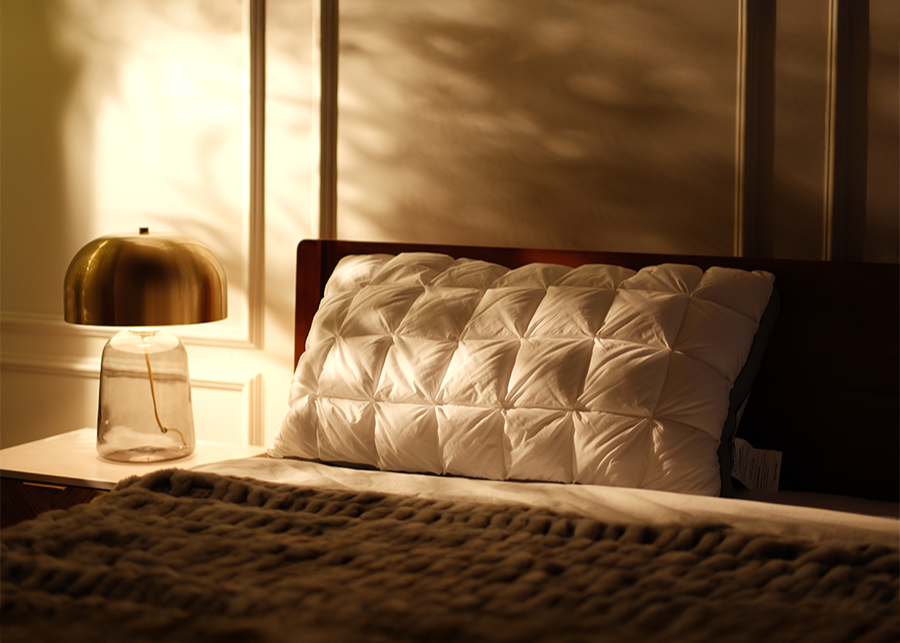

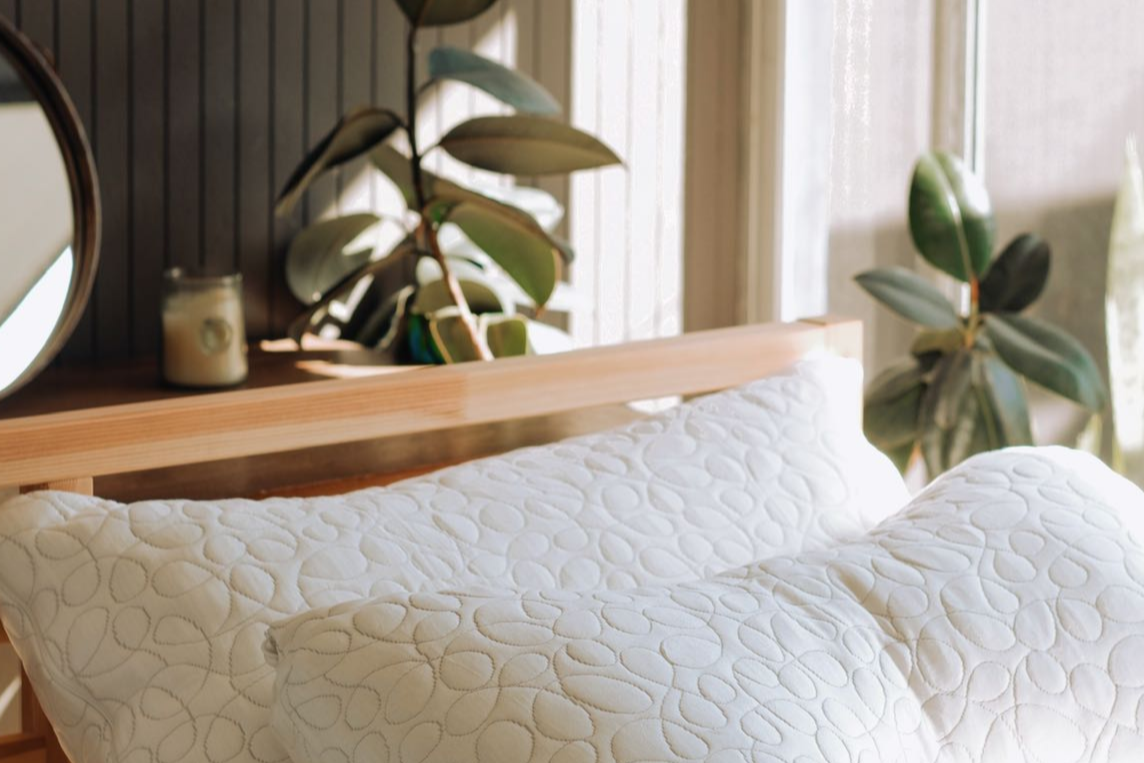
Leave a comment
This site is protected by hCaptcha and the hCaptcha Privacy Policy and Terms of Service apply.